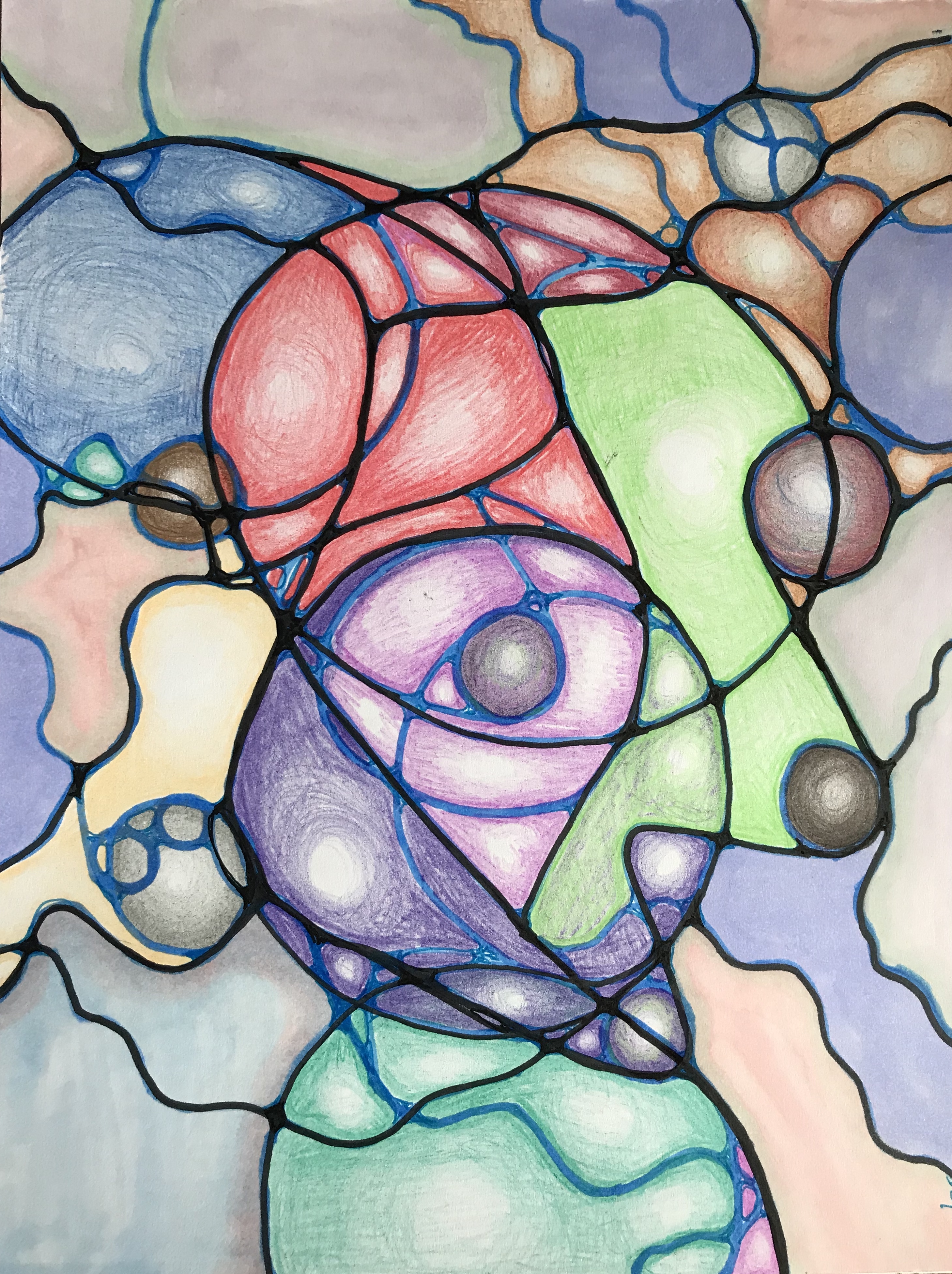New Neurographica Master Class announced
[If you are looking for an introduction to Neurographica visit here]
I’ve been busy with my movement, energy work, and spiritual coaching practices and have not picked up a pencil in a while.
When I did, I was blown away. I could not put it down.

Neurographica-inspired drawing, based on the Rose Algorithm. The Rose Algorithm helps work through questions of love, relationships, and personal achievement. It also creates a favorable energetic resonance that facilitates good fortune.
I realized how much I missed the immense power of Neurographica and its calming, meditative flow. I realized that I miss the stream of insights born out of the creative process. I even missed the sound of my electric pencil sharpener.
But most of all, I missed the feeling of being home. I felt safe, comfortable, confident, just right. It’s subtle and other-worldly, hard to describe, yet we all know when we’re connected to our life-force energy. Sometimes, it is described as the Flow state or “being in the Flow.”
It’s truly a magical place where things happen without effort, everything makes perfect sense, and there is no need to make decisions. You’re in sync with the flow of the Universe and its energy, and you know that every move throughout your day is perfect. This place of Mystery is also called a million other names – Spirit, Presence, Prana, Mana, Silence…
We crave this state; people meditate, go to music festivals, take mind-altering chemicals, exercise, or fast just to find the door in. Yet, we experience the flow state very rarely; most of our days are full of drudgery and effort, and we slog through the day as if each move is swimming against the current.
And yet, I was slipping effortlessly into the flow state right as I worked on my drawing. The archetypal structure of Neurographca’s seven steps mirrors the design of the Universe, starting at the lowest elemental/physical needs all the way up to Godhead/Self-actualization. Flowing through the steps of each algorithm can guide us straight into the Mystery.

You don’t have to be a Zen master to ascend to this state of consciousness. All you do is pick up a pencil and start going through the algorithm. It’s truly magical.
I am offering an online Master Class on the Removal of Limitations, one of Neurographica’s foundational algorithms. This process can be used to remove any limiting belief, whether it’s keeping you from financial abundance, advancing your career goals, or improving your personal relationships. It’s the most valuable and versatile algorithm within the entire method. The class is designed for beginner users.
The cost will be donation-based ($50 suggested, sliding scale) for a two-hour master class. Once I receive enough interest through the form below, this English-speaking event will take place via Zoom. Please pick your preferred day and time in the first week of May 2024 (don’t forget to include your time zone). Also, please send a backup date/time or two 🙂 Thank you!
Join us, and discover how Neurographica can help you!




















